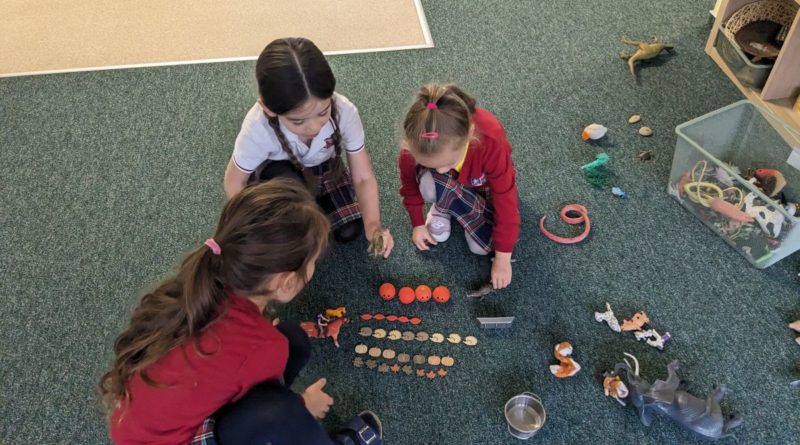Math in the Early Years
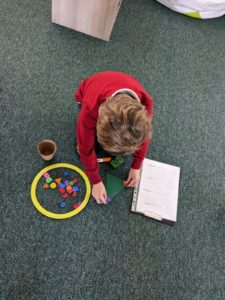 Teaching math in the Early Years requires a math-rich environment that fosters curiosity, critical thinking, and a positive attitude toward learning. It also requires a developmentally appropriate and engaging approach. Here are a few of the approaches used in the Early Years to teach math:
Teaching math in the Early Years requires a math-rich environment that fosters curiosity, critical thinking, and a positive attitude toward learning. It also requires a developmentally appropriate and engaging approach. Here are a few of the approaches used in the Early Years to teach math:
- Hands-On Manipulatives:
- Using concrete, hands-on materials like counting blocks, buttons, or shapes to help children visualize and manipulate mathematical concepts.
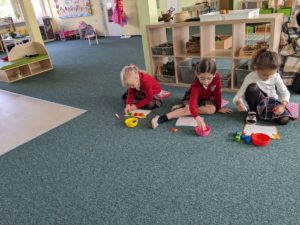
- Using concrete, hands-on materials like counting blocks, buttons, or shapes to help children visualize and manipulate mathematical concepts.
- Daily Math Routines:
- Establishing daily math routines, such as calendar time and counting activities, to create a predictable and consistent math-rich environment.
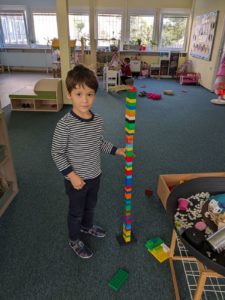
- Establishing daily math routines, such as calendar time and counting activities, to create a predictable and consistent math-rich environment.
- Real-World Connections:
- Relating math concepts to real-world experiences and everyday situations that are relevant to students. Connect math to their daily lives.
- Math Talk:
- Encouraging math talk by fostering a classroom environment where students can express their mathematical thinking through discussion. Use open-ended questions to promote conversations.
- Math Games:
- Integrating math games and activities that are playful and enjoyable. Games can reinforce counting, number recognition, and basic operations in a fun way.
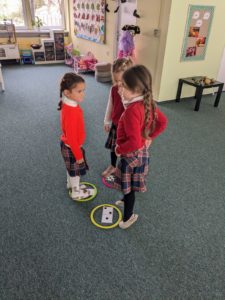
- Integrating math games and activities that are playful and enjoyable. Games can reinforce counting, number recognition, and basic operations in a fun way.
- Visual Aids:
- Using visual aids, such as charts, posters, and diagrams, to support understanding. Visuals can serve as references for numbers, shapes, and other mathematical concepts.
- Storytelling and Books:
- Incorporating math-related stories and books into the curriculum. Reading stories that involve counting, patterns, or shapes can make math more engaging.
- Movement and Kinesthetic Activities:
- Integrating movement and kinesthetic activities into math lessons. Use activities like counting while jumping or creating human shapes to reinforce concepts.
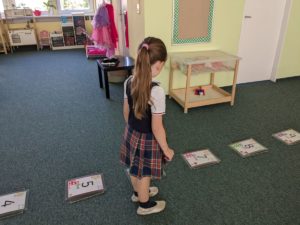
- Integrating movement and kinesthetic activities into math lessons. Use activities like counting while jumping or creating human shapes to reinforce concepts.
- Small Group Instruction:
- Providing opportunities for small group instruction, allowing for targeted support and individualized attention to cater to varying levels of readiness.
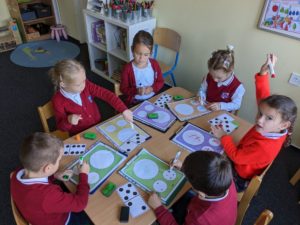
- Providing opportunities for small group instruction, allowing for targeted support and individualized attention to cater to varying levels of readiness.
- Multisensory Learning:
- Utilizing a multisensory approach that engages different senses. Incorporate touch, sight, and sound to enhance understanding and retention of math concepts.
- Use of Math Centers:
- Implementing math centers with various activities that reinforce different math skills. Centers allow for independent and hands-on exploration.
- Incorporate Patterns and Sorting:
- Introducing patterns and sorting activities, as these are foundational concepts that contribute to mathematical understanding.
- Celebrate Success:
- Celebrating students’ achievements and efforts in math. Positive reinforcement and recognition can contribute to a positive attitude toward learning.
By implementing these strategies we are able to create a math-learning that is interactive, developmentally appropriate, and sets a strong foundation for future mathematical concepts.

